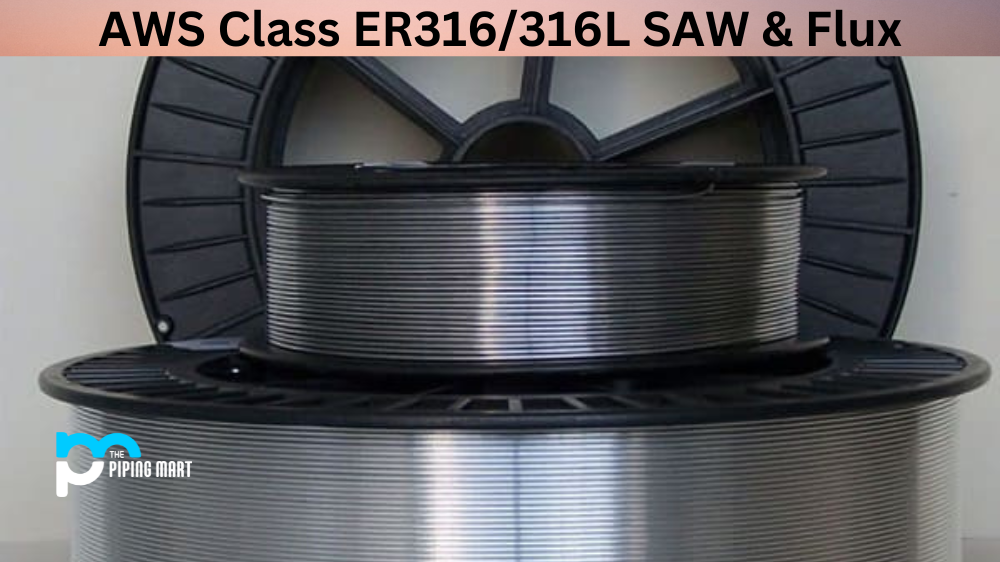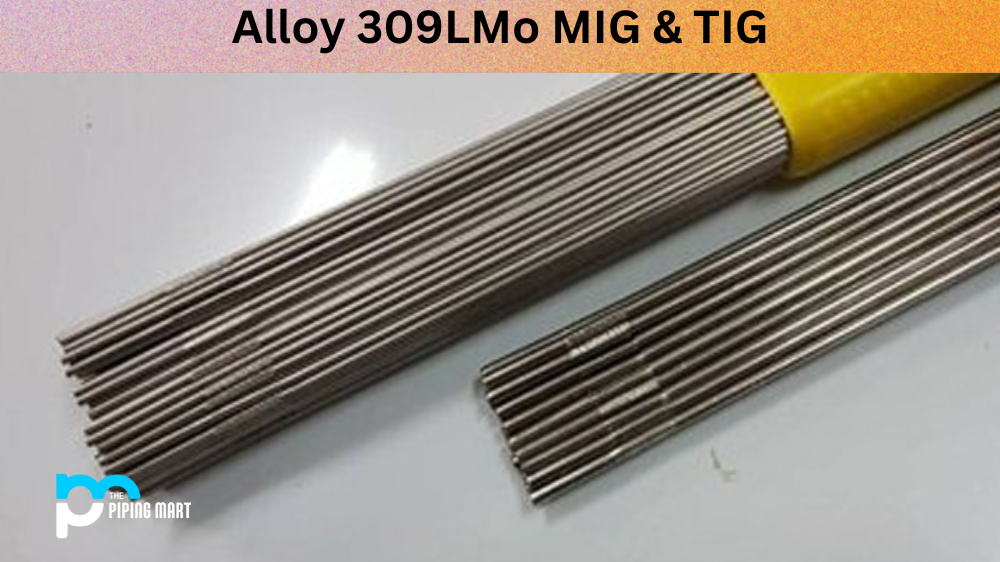Choosing the right material is vital to the project’s success in most industrial applications. Only a select few alloys can meet the performance requirements in extreme conditions, such as high temperatures, pressures, and corrosive environments. HAYNES® M413 RTW™ is a high-performance alloy that has gained popularity in several industries, including aerospace, petrochemical, and power generation. This blog post will examine the alloy’s composition, mechanical and physical properties, uses, corrosion resistance, and heat treatment.
What is HAYNES® M413 RTW™ Welding Wire?
HAYNES® M413 RTW™ is a specialized alloy designed to withstand high-temperature and pressure environments. It is a stainless steel phosphorus-bronze, high-temperature, HTP-grade wire offering superior tensile strength for demanding aerospace, power generation and defence applications. It has superior creep resistance and fatigue strength at elevated temperatures compared to other materials. Additionally, its corrosion resistance makes it ideal for harsh industrial and marine environments. HAYNES® M413 RTW™ is an excellent choice when choosing speciality alloys for your project needs.
HAYNES® M413 RTW™ Coated Wire Composition
HAYNES® M413 RTW™ electrode is a nickel-based alloy that consists of 59% nickel, 15.5% chromium, 8% tungsten, 7.5% cobalt, 3.5% molybdenum, and minor amounts of other elements such as iron, manganese, and silicon. The alloy gets its name from the trademarked brand of Haynes International, a global leader in high-performance alloys.
| Copper: (including Silver) | Balance |
|---|---|
| Nickel: (including Cobalt) | 29.0-32.0 |
| Manganese: | 1.0 max. |
| Iron: | 0.040-0.75 |
| Titanium: | 0.20-0.50 |
| Other: | 0.50 max. |
| Silicon: | 0.25 max. |
| Phosphorus: | 0.02 max. |
| Lead: | 0.02 max. |
| Sulfur: | 0.01 max. |
HAYNES® M413 RTW™ Coated Wire Mechanical Properties
HAYNES® M413 RTW™ welding electrode is known for its excellent mechanical properties. It has a tensile strength of 207 ksi (1424 MPa), yield strength of 107 ksi (737 MPa), and an elongation of 30%. These values make the alloy ideal for high-strength and ductility applications.
| Tensile (psi) | 50,000 |
|---|---|
| Mpa | 345 |
| Elongation (%) | 30 |
HAYNES® M413 RTW™ Welding Wire Physical Properties
The alloy has a density of 8.33 g/cm³ and a melting point of 1317°C (2403°F). The coefficient of thermal expansion is 12.8 µm/m-°C, and the thermal conductivity is 13.8 W/m-K. These properties allow the alloy to withstand high temperatures and thermal cycling.
HAYNES® M413 RTW™ Coated Wire Trade Names
| Class | UNS | Haynes |
| ERCuNi | C71580 | HAYNES® M413 RTW™ |
HAYNES® M413 RTW™ Welding Wire Uses
HAYNES® M413 RTW™ filler metal is a versatile alloy that finds uses in several industries. Its applications include gas turbine engine components, chemical processing equipment, heat exchangers, and furnace components. The alloy’s high strength, ductility, and thermal stability make it an ideal choice for these applications.
HAYNES® M413 RTW™ Coated Wire Corrosion Resistance
The alloy’s resistance to corrosion is one of its most significant advantages. It can withstand harsh, highly corrosive environments, such as those found in seawater or acidic chemical processing. Its superior corrosion resistance is due to the high chromium content in the alloy, which forms a passivating oxide layer on the surface that protects it from further attack.
HAYNES® M413 RTW™ Welding Wire Heat Treatment
HAYNES® M413 RTW™ filler wire is a precipitation-hardening alloy that can be heat-treated to enhance its mechanical properties. The alloy can be solution-treated at 1121°C (2050°F) and then aged at 843°C (1550°F) to achieve maximum strength. The heat treatment improves the alloy’s fatigue life and wears resistance, reducing susceptibility to stress corrosion cracking.
Conclusion
The unique mechanical, physical, and chemical properties of HAYNES® M413 RTW™ make it an excellent material for several demanding applications. Its superior strength, thermal stability, and corrosion resistance allow it to function in the harshest environments, delivering unparalleled performance. Understanding the alloy’s composition, mechanical properties, physical properties, uses, corrosion resistance, and heat treatment is vital to selecting the right material for high-performance alloy applications.
Meet Heer, a dynamic and driven writer learning tricks of her trade in the metal industry. With a background in Digital Marketing, Heer brings a unique perspective to her writing, sharing valuable insights. Apart from blogging she like reading and hiking.




